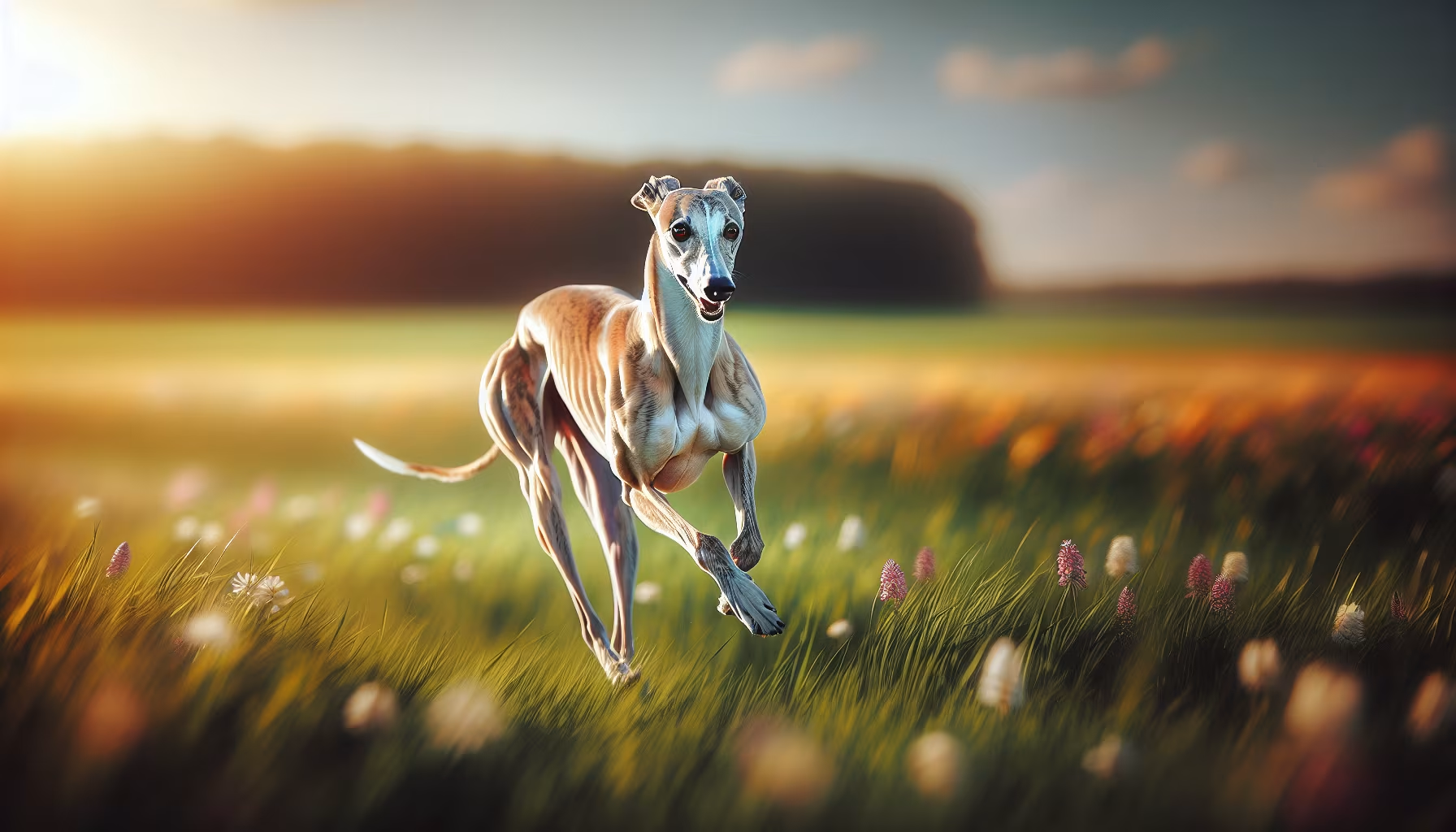Published
- 4 min read
What’s the Fastest Dog Breed in the World?

What’s the Fastest Dog Breed in the World?
Discover the fastest dog breed in the world and learn what makes these incredible canines so swift. Explore their unique traits and historical records.
If you’ve ever marveled at a dog’s ability to zoom around the park with effortless grace, you might have wondered which breed holds the title for the fastest in the world. Understanding the canine speed champions not only satisfies our curiosity but also sheds light on the fascinating traits that make these dogs such remarkable athletes. In this article, we’ll delve into the breed that tops the speed charts, examine the factors contributing to their swiftness, and explore historical records that highlight their prowess.
The Greyhound: Speed Personified
When it comes to raw speed, the Greyhound is unrivaled in the canine world. Known for their slender, aerodynamic bodies and powerful legs, Greyhounds can reach speeds of up to 45 miles per hour. This incredible velocity is not just a random trait but the result of centuries of selective breeding aimed at enhancing their hunting and racing capabilities.
Anatomy and Physiology
Several anatomical features contribute to the Greyhound’s impressive speed:
- Muscle Composition: Greyhounds possess a high percentage of fast-twitch muscle fibers, which are essential for rapid acceleration and sprinting. These muscles contract quickly and powerfully, enabling the explosive speed for which Greyhounds are renowned.
- Aerodynamic Build: With a narrow, streamlined body, Greyhounds minimize air resistance as they run. Their long legs and flexible spine allow for an extended stride, covering more ground with each leap.
- Cardiovascular Efficiency: A large heart and efficient respiratory system ensure that Greyhounds can sustain their high speeds with a steady supply of oxygen to their muscles.
Historical Records and Achievements
Greyhounds have a storied history that dates back thousands of years, with their speed and agility celebrated in various cultures.
Racing and Hunting
- Racing Legends: Greyhound racing became popular in the early 20th century, with dogs like Ballyregan Bob setting world records. Ballyregan Bob famously won 32 consecutive races in the 1980s, showcasing the breed’s extraordinary speed and consistency.
- Hunting Companions: Historically, Greyhounds were bred for hunting game, such as deer and hare. Their speed and keen eyesight made them perfect for this role, allowing them to chase down prey over long distances.
Cultural Significance
Greyhounds have been depicted in art and literature throughout history, often symbolizing speed and elegance. Ancient Egyptian tombs feature Greyhound-like dogs, and they are frequently mentioned in Greek and Roman mythology as companions of gods and heroes.
Comparing Other Fast Dog Breeds
While Greyhounds hold the title for overall speed, several other breeds are noteworthy sprinters, each with unique traits that contribute to their swiftness.
Saluki
Often considered the Greyhound’s closest competitor, the Saluki is another ancient breed known for its speed and endurance. Salukis can reach speeds of up to 42 miles per hour and were historically used by Middle Eastern nomads to hunt gazelles.
Whippet
A smaller cousin to the Greyhound, the Whippet can achieve speeds of up to 35 miles per hour. Bred for hunting small game, Whippets are agile and quick, making them popular in dog racing and lure coursing events.
Vizsla
Although not as fast as Greyhounds or Whippets, Vizslas are known for their remarkable endurance. They can maintain a steady pace over long distances, making them excellent companions for runners and hunters.
The Science Behind Dog Speed
Understanding why some breeds are faster than others involves exploring various scientific principles and genetic factors.
Genetics and Breeding
Selective breeding plays a significant role in developing a breed’s speed capabilities. Breeders have historically chosen dogs with desired traits, such as long legs and lightweight frames, to enhance speed and agility.
Training and Conditioning
Like human athletes, dogs benefit from training and conditioning to reach their full speed potential. Regular exercise, a balanced diet, and mental stimulation are crucial for maintaining a dog’s physical health and speed.
Conclusion: Celebrating Canine Athletes
In the world of canine speed, the Greyhound reigns supreme, thanks to its unique anatomical features and historical significance. However, other breeds like the Saluki and Whippet also contribute to the rich tapestry of fast dogs, each with its own fascinating traits and history.
Understanding what makes these dogs so swift not only enhances our appreciation for their athletic abilities but also informs how we care for and train them. Whether you’re a first-time dog owner or a seasoned pet parent, recognizing the special needs and capabilities of these canine athletes can enrich your relationship with them.
As you marvel at your dog’s next sprint across the yard or park, take a moment to appreciate the incredible biology and history that make such feats possible. And if you’re considering adding a speedy companion to your family, remember that these dogs bring not only speed but also companionship, loyalty, and a unique charm that’s hard to resist.